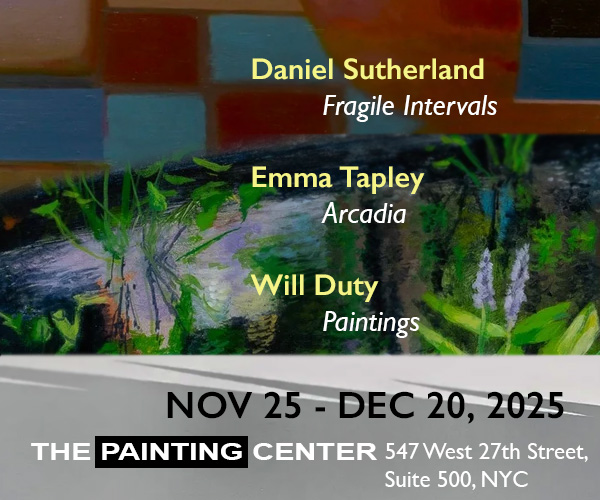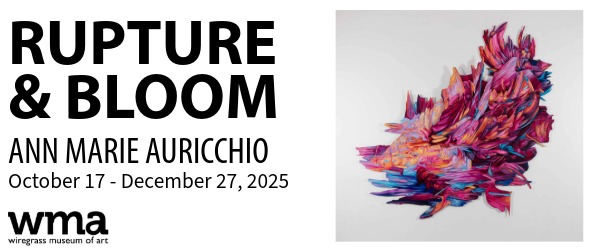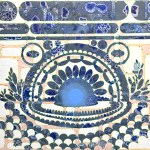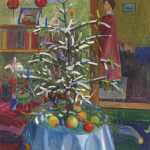The Morgan Library & Museum presents the first major survey of Guston’s drawings in 20 years. Organized by the KunstMuseum Bonn, and the Staatliche Graphische Sammlung Munich, in cooperation with the artist�s estate, the show examines the importance of drawing throughout key periods of Guston�s career, from the mid-1940s to 1980. While Guston is primarily known for his paintings, his drawings influenced new phases of creativity and served to articulate radically different approaches. His daughter Musa Mayer’s painfully honest book, Night Studio: A Memoir Of Philip Guston, convinced me early on that self-obsessed artists aren’t cut out to be parents. Of course as I got older, I changed my mind.
But enough about Guston’s parenting skills. In the NY Times, Ken Johnson writes that his drawings tell stories of Sisyphean ennui. “The beat-up, bandaged head with the big sad eye gazing uphill; the boards with nails pounded into them; the empty shoes; the man smoking in bed, staring at the ceiling: these images exude that sense of futility that almost all artists must periodically endure. Sometimes there is the relief of simple pleasures: a pile of cherries, a sandwich, sitting with one�s wife and looking out the window at the sunset. And then there is the junk-covered hillside with the gravestone at its foot presciently marked P. G. 1980. Today the drawings don�t look as shockingly crude as they did to critics in the 1970s. They look like the work of a brilliant cartoonist knowingly inspired by �Mutt and Jeff,� �Krazy Kat� and other classic Sunday funnies. They may appear Neanderthal, but they are the products of a sophisticated performance, a kind of method acting. The mandarin playing the stumblebum with passionate, Brando-esque conviction.” Read more.
In the NY Sun, Lance Esplund suggests that Guston, like any painter, “did not so much evolve as explore different sides of himself � pushing in one direction and then another. What is clear is that Guston was a metaphorical painter, of which there are basically two types. The first includes an artist such as Paul Klee, for whom each picture is a singular and exacting exploration of a chosen poetic theme (the conflation, for example, of the structure of a stained glass window with that of a plant). Like most of the Abstract Expressionists, Guston falls into the second group. His abstractions of the ’50s are more general explorations � a kind of plowing forth through a theme � in which an overarching metaphor or approach to life is explored in series….Guston firmly believed that he was a narrative artist at heart. He wanted ‘to tell stories.’ And artists, above all else, have to remain true to themselves. They have to follow their gut instincts. Guston’s art remains inventive and engaging to the end. The fact remains, however, that, despite Guston’s convictions as a storyteller, his earlier pure abstract pictures are much more inventive and engaging as stories than his later stories are as pictures.” Read more.
“Philip Guston: Works on Paper,” organized by Christoph Schreier and Michael Semff, the KunstMuseum Bonn, and the Staatliche Graphische Sammlung Munich, in cooperation with the artist�s estate. Morgan Library & Museum, New York, NY. Through August 31.























Guston’s later paintings, which I love, kinda remind me of Magritte’s “Vache” paintings, which I love even more. Anyway, I’ve gotta get this book by his daughter. Looks fascinating.